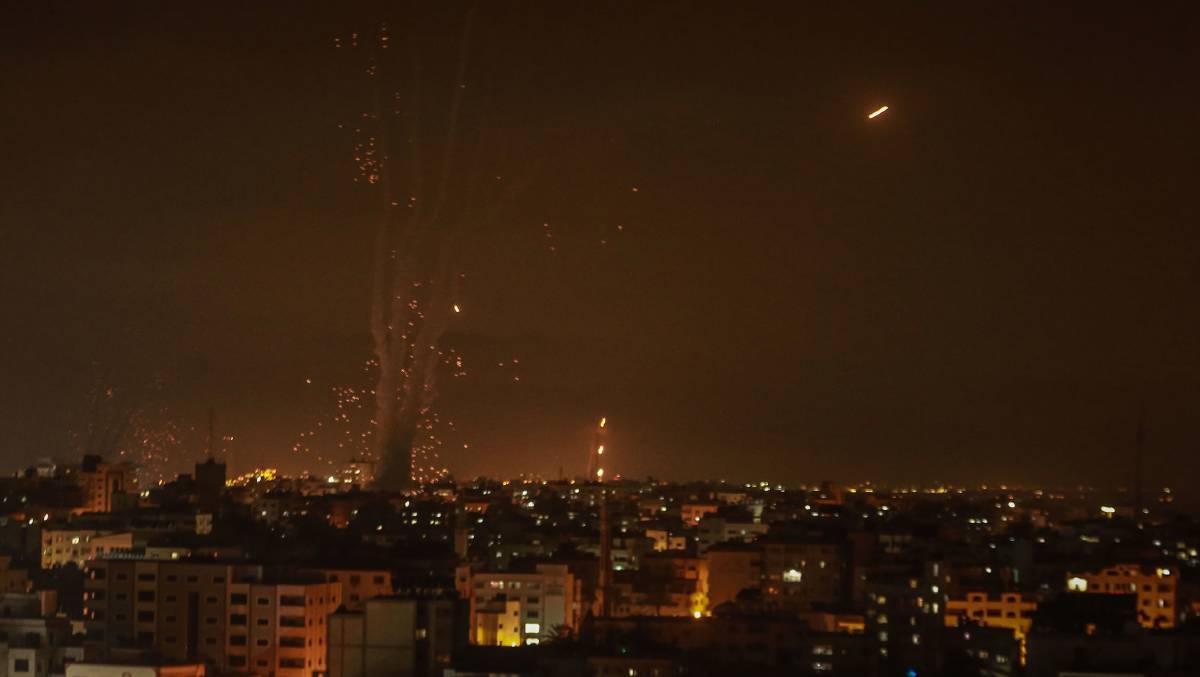It is easy when watching the latest bloodshed between Israel and Hamas to throw up our hands in despair, to blame both sides for the conflict, to call for both to pull back, with Israel as the stronger party expected to lead, and for the resumption of peace talks. But is it fair or helpful?
Understanding how to approach a conflict requires understanding of what’s behind it. We read that this latest violence allegedly started because Israel is attempting to throw Palestinians out of their homes in Sheikh Jarrah in East Jerusalem, and then without cause attacked Palestinian worshippers on the Temple Mount.
However, the Sheikh Jarrah case is often being grossly oversimplified. It is about a complex private court case over a few properties, not Israeli government policy. Jews owned the land from 1875 until 1948, when Jordan expelled all Jews from East Jerusalem, and settled Palestinians on it. After Israel captured East Jerusalem in 1967, it legislated that where Jordan had passed title to land to Palestinians, they would retain ownership, but where Jordan had not done so, as in these cases, the land reverted to the original Jewish owners.
Israel’s courts resolved the resultant dilemma by deeming the Palestinian residents protected tenants, and said they could stay indefinitely if they would pay minimal rent. However, the residents have for some time refused to pay the rent and have built further dwellings in contravention of their lease, while other people have also moved onto the land.
Read the article by Colin Rubinstein in The Canberra Times.

